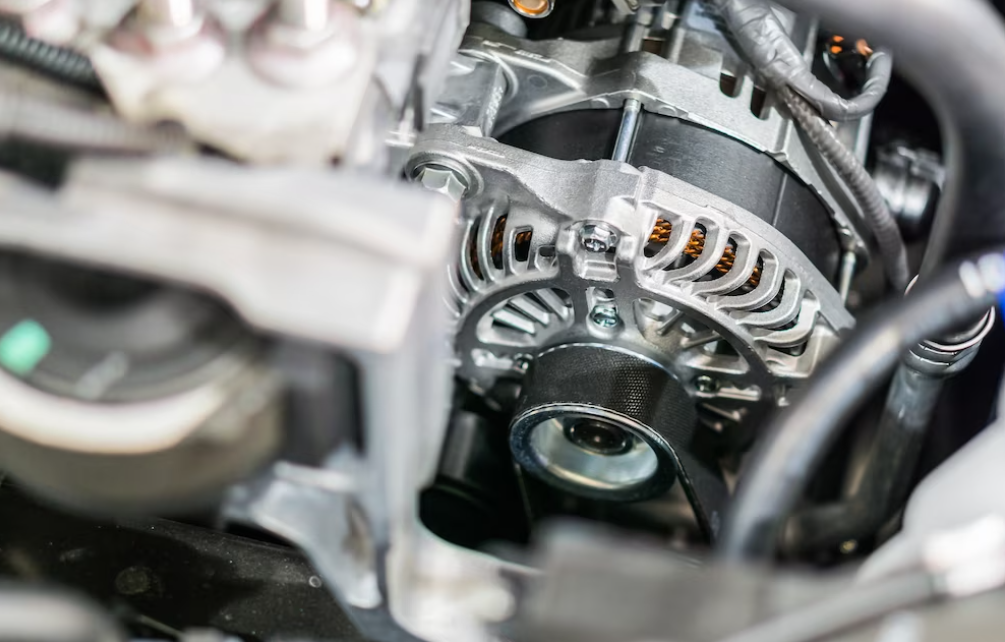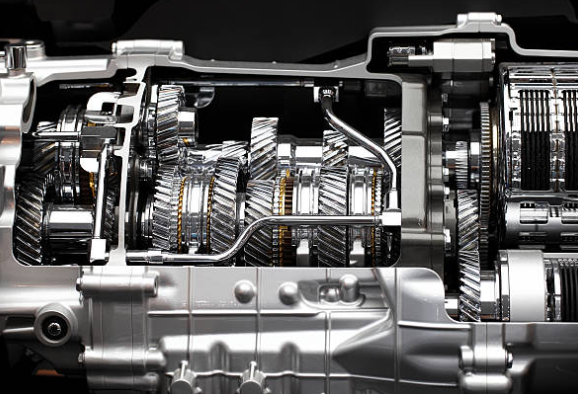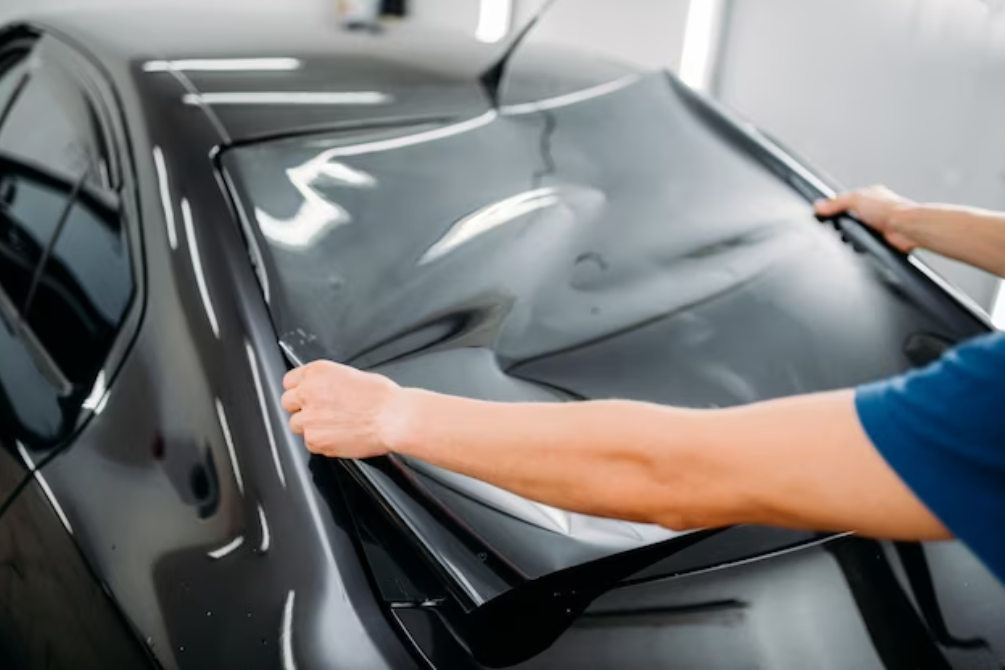What is Anti-Lag?
In the realm of high-performance automobiles, maximizing power becomes paramount. A technology designed to extract every ounce of performance from a turbocharged engine is known as "Anti-lag." Yet, what precisely is anti-lag, and how does it operate? Let's explore the details.

Understanding Turbo Lag
To fully grasp anti-lag, one must first understand turbo lag, which is its main adversary. The delay that occurs between applying the brakes and the turbocharger producing additional power is known as turbo lag. The reason for this delay is that a turbocharger compresses entering air and rotates a turbine using exhaust gasses. During periods of insufficient exhaust, like at low RPMs or rapid acceleration, the turbo fails to deliver the boost, leading to lag.
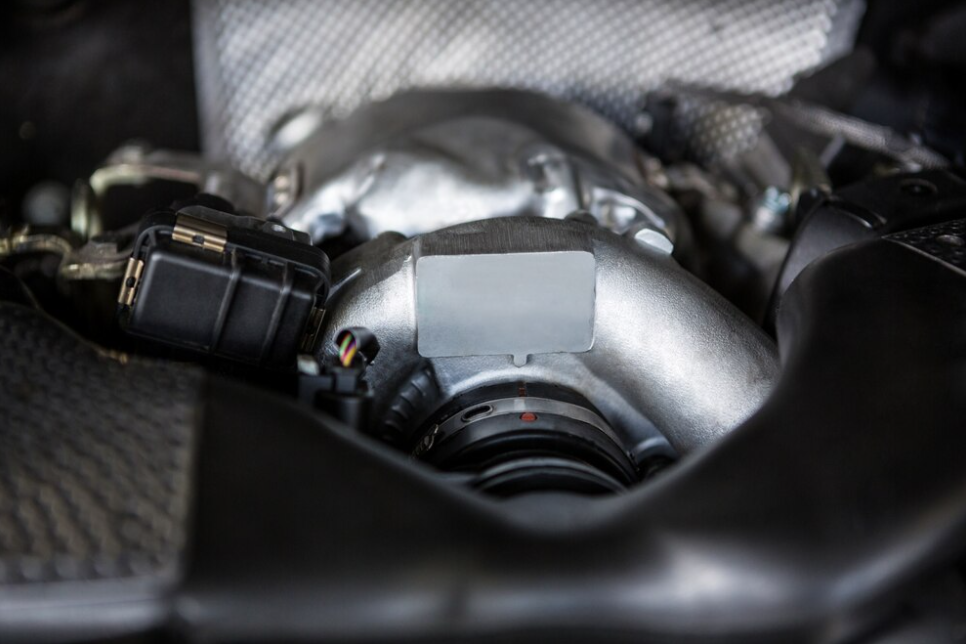
Introducing the Anti-Lag System, commonly known as ALS. Its purpose is to sustain the turbo's rotation and ensure the continuous provision of boost, even during periods when the engine is generating a limited amount of exhaust gases. This is achieved by orchestrating a controlled explosion in the exhaust manifold, maintaining the turbo's rotation when the vehicle is not experiencing intense acceleration.
The ALS functions by redirecting a small mixture of air and fuel directly into the exhaust manifold. This blend undergoes combustion in the manifold, triggering an explosion that sustains the turbo's rotation. The engine control unit (ECU) governs this process, adjusting the air and fuel quantities based on variables such as throttle position and engine speed.
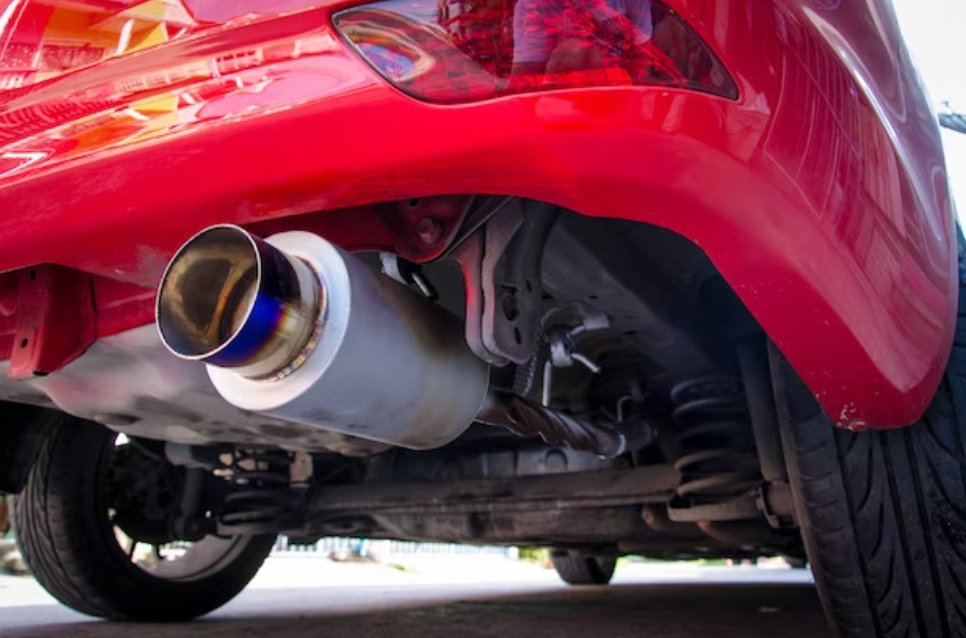
The benefits of an anti-lag system are evident: it effectively eradicates turbo lag, delivering immediate power when the accelerator is pressed. This proves especially advantageous in racing scenarios, where a fraction of a second can determine the outcome.
Nevertheless, there are notable drawbacks to anti-lag systems. The primary concern is the heightened wear and tear on the turbocharger and exhaust system. The explosions induced by the ALS produce substantial heat, posing a risk of long-term damage to these components. Consequently, anti-lag systems are commonly restricted to race cars, where the advantages outweigh the disadvantages.
-
Can Anti-Lag Systems be retrofitted into existing vehicles?
Retrofitting an Anti-Lag System into an existing vehicle can be complex and may require significant modifications. It is advisable to consult with automotive professionals or specialists for such installations.
-
Are there different types of Anti-Lag Systems?
Yes, there are variations in the design and implementation of Anti-Lag Systems. Some systems may employ different strategies for managing exhaust gases and sustaining turbocharger rotation.
Read more article here: The 10 Best Night Driving Glasses Of 2023



